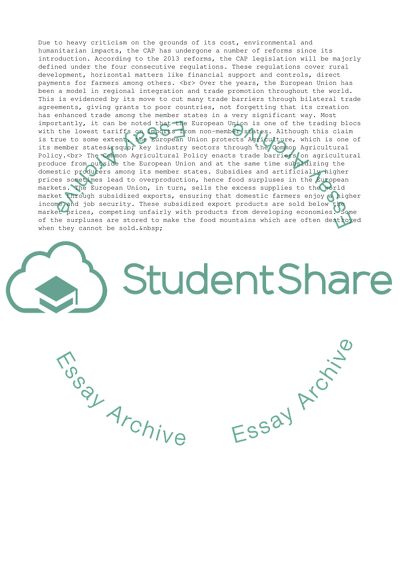Cite this document
(“Discuss the claim that, despite repeated reform, the Common Essay”, n.d.)
Discuss the claim that, despite repeated reform, the Common Essay. Retrieved from https://studentshare.org/business/1696162-discuss-the-claim-that-despite-repeated-reform-the-common-agricultural-policy-cap-still-retains-its-protectionist-nature
Discuss the claim that, despite repeated reform, the Common Essay. Retrieved from https://studentshare.org/business/1696162-discuss-the-claim-that-despite-repeated-reform-the-common-agricultural-policy-cap-still-retains-its-protectionist-nature
(Discuss the Claim That, Despite Repeated Reform, the Common Essay)
Discuss the Claim That, Despite Repeated Reform, the Common Essay. https://studentshare.org/business/1696162-discuss-the-claim-that-despite-repeated-reform-the-common-agricultural-policy-cap-still-retains-its-protectionist-nature.
Discuss the Claim That, Despite Repeated Reform, the Common Essay. https://studentshare.org/business/1696162-discuss-the-claim-that-despite-repeated-reform-the-common-agricultural-policy-cap-still-retains-its-protectionist-nature.
“Discuss the Claim That, Despite Repeated Reform, the Common Essay”, n.d. https://studentshare.org/business/1696162-discuss-the-claim-that-despite-repeated-reform-the-common-agricultural-policy-cap-still-retains-its-protectionist-nature.


